Sue took the 5C bus to go shopping. I grabbed the car and went birding. Read on to discover who got the best deal.
The 0630 start saw me driving along a bumpy farm track at an easy going 10mph where I met up with Andy for our planned ringing session. Zero wind and a slightly misty start suggested sun, warmth and clear skies ahead.
Birds were on the move from the off with Meadow Pipits in abundance and one or two fellow travellers. Out of the first net round we picked 3 Meadow Pipits, a Sedge Warbler and a Reed Bunting
We had more Meadow Pipits but the initial surge of post-dawn birds did not continue in any huge way. We ended with a slightly disappointing 14 new birds – 12 Meadow Pipits, 1, Sedge Warbler and 1 Reed Bunting.
Major disappointment came when we saw a female Sparrowhawk heading for and then landing in a mist net 30 yards away from where we sat drinking coffee while putting the world to rights. A few flaps of those wide wings together a little panic and the hawk freed itself, gone before we could get a hand on her.
A bad-tempered Sparrowhawk out to dig its talons into your fingers always livens up a slow ringing session.
We didn’t see the hawk again and settled for views of other raptors, a Marsh Harrier and a Kestrel.
The Marsh Harrier was the fifth or sixth sighting of this autumn when it arrived from an easterly direction and then continued in deep V profile as it flew purposefully west and out of sight.
The Kestrel crossed our line of sight rapidly with typically strong and consistent wing beats, quite unlike the pumping wings and flat glides of a Sparrowhawk.
Kestrel
Andy had an appointment and left at 1030. I sat in the car hide for a while and grabbed a few pictures in the morning light. Along came a few Linnets, Pied Wagtails and a single Yellow Wagtail – nice!
Yellow Wagtail
Linnet
Pied Wagtail
Back
home I had a short nap until woken by the Happy Shopper returning home
home and handing me a dog-eared debit card. Today's financial
advice - buy shares in Marks & Spencer.
Back soon folks. Enjoy your days whatever you do.









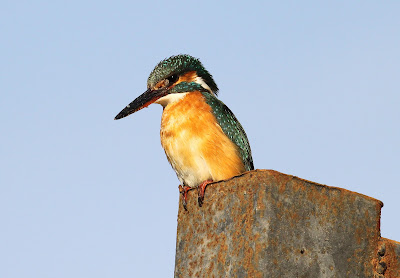
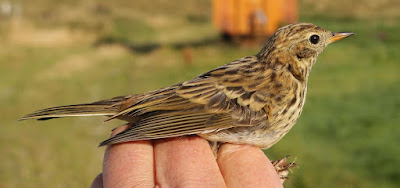
















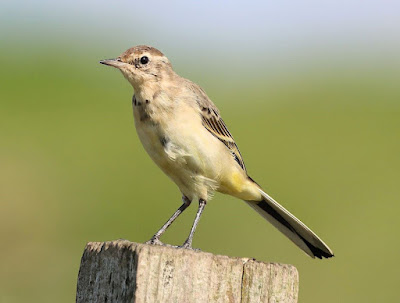






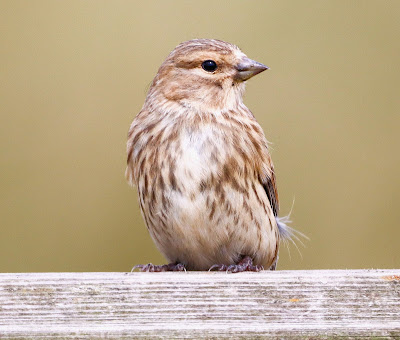














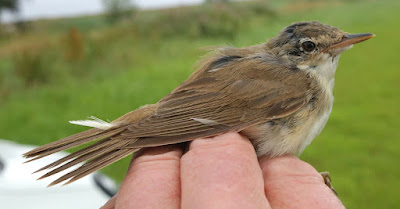









.jpeg)








.jpg)












